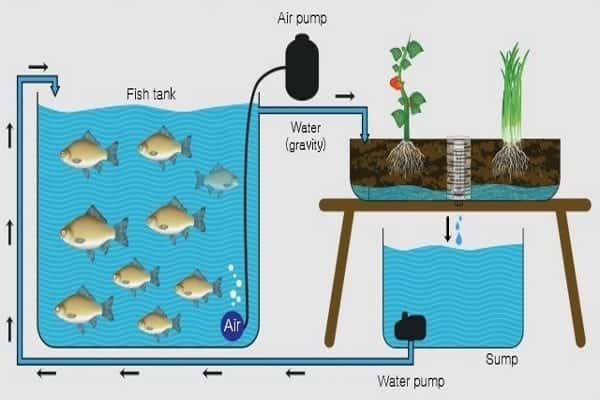<Israel21C Reports> Israel’s average of 300 sunny days a year and relatively warm winter temperatures, especially in the Negev Desert, are excellent for growing summer flowers.High-technology know-how is fueling Israel’s ascendancy in the cut-flower industry, where export accounts for 90 percent of growers’ crops of peonies, anemones and other species.
The anemones can grow in winter without temperature control, and from November through March there is a daily crop of these poppy-like buds. The picking, packing and distribution process is so streamlined that German and British direct-order clients receive flowers via temperature-controlled jet within two days of plucking.
Israel’s flower, plant and propagation-material export brings upward of $200 million into the economy annually. The country is third only to the Netherlands and Kenya in supplying the European Union with its flowers. Each year 1.5 billion stems are exported, double from only 10 years ago – while the number of growers engaging in export has dropped by 75 percent. The system, along with the growers, has simply become more efficient.
Israel’s total agricultural yield, including agriculture-related technology and other nonedible products, is about 2 percent of the gross national product – or $3.5 billion – of which 30 percent are exports, mostly of fresh produce.
Flowers, in particular, are heavily export-centric, with 90 percent of Israeli growers shipping their blooms out of the country. In the late 1970s, Israel was the first foreign country to enter the Netherlands’ auctions and trade fairs; until then, only Dutch growers were allowed to participate.
Whereas Africa now provides the European Union with most of its roses, Israel is focusing on the cultivation of the much harder to grow peony, exported to the United States at very rewarding prices, and the Lisianthus. The latter is a delicate, long-stemmed bloom native to Japan that is also a wildflower in the western United States.
Lisianthus grows in various shades of purple, pink, white and combinations thereof.
two Israeli innovations that are facilitating the cultivation of an increasing number of species of flowers. The first is climate control – matching a species to the suitable greenhouse conditions of moisture, temperature, sunlight exposure and so on. The second advance has been the frugal, effective use of water.
Alon says that 30 percent of the water (eventually the plan is for 45 percent) used for crops is cleaned and recycled from sewage. The project is known locally as Shafdan, an acronym that, roughly translated, refers to the ‘gray water’ from the Gush Dan region. As a result, farming uses less than 21,188 cubic feet of freshwater – half of what was allotted to agriculture 10 or so years ago before growing population demands – for the same or greater crop output.
The use of indigenous saltwater from the Dead Sea or the Mediterranean is also common practice; certain plants, such as Israel’s peppers and tomatoes, have been cultivated to grow better in saltwater. In addition, overspill is gathered and reused, with fertilizing material still in it, which saves not only water but the environment.







